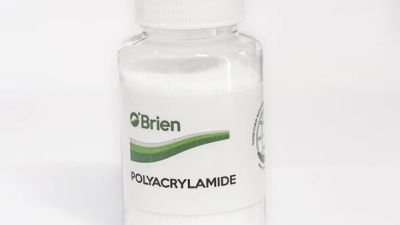Ultimate Checklist for Evaluating Water Treatment Coagulant Prices in Your Industry
Table of Contents
- Understanding the Importance of Coagulant Selection in Water Treatment
- Key Factors Influencing Coagulant Prices Across Different Industries
- Comparative Analysis of Common Coagulants and Their Cost-Effectiveness
- Evaluating Supplier Reputation and Quality in Coagulant Pricing
- Strategies for Negotiating Better Prices on Water Treatment Coagulants
- Monitoring Market Trends to Optimize Coagulant Purchasing Decisions
- Maximizing Water Treatment Efficiency: The Role of Cationic Polyacrylamide in Modern Industrial Applications
- FAQS
- Conclusion
- Related Posts
Water treatment is always changing, right? And picking the right coagulants is a big deal when it comes to keeping things efficient and affordable. Did you know that the global market for water treatment chemicals is expected to hit around $58.5 billion by 2025? Crazy, huh? So, it’s really important for folks in the industry to understand what’s influencing the prices of coagulants. Companies like QINGDAO OUBO CHEMICAL CO., LTD, which offer things like cationic, anionic, and nonionic polyacrylamide, are still out there navigating this pretty competitive scene. That’s why having a solid checklist to evaluate coagulant prices can make all the difference. Experts say that things like raw material costs, new tech, and changing regulations can shake up pricing strategies quite a bit. In this blog, I’ll walk you through a handy checklist to help you figure out water treatment coagulant prices without breaking a sweat—so you can make smarter purchasing choices that fit your budget and operational needs.
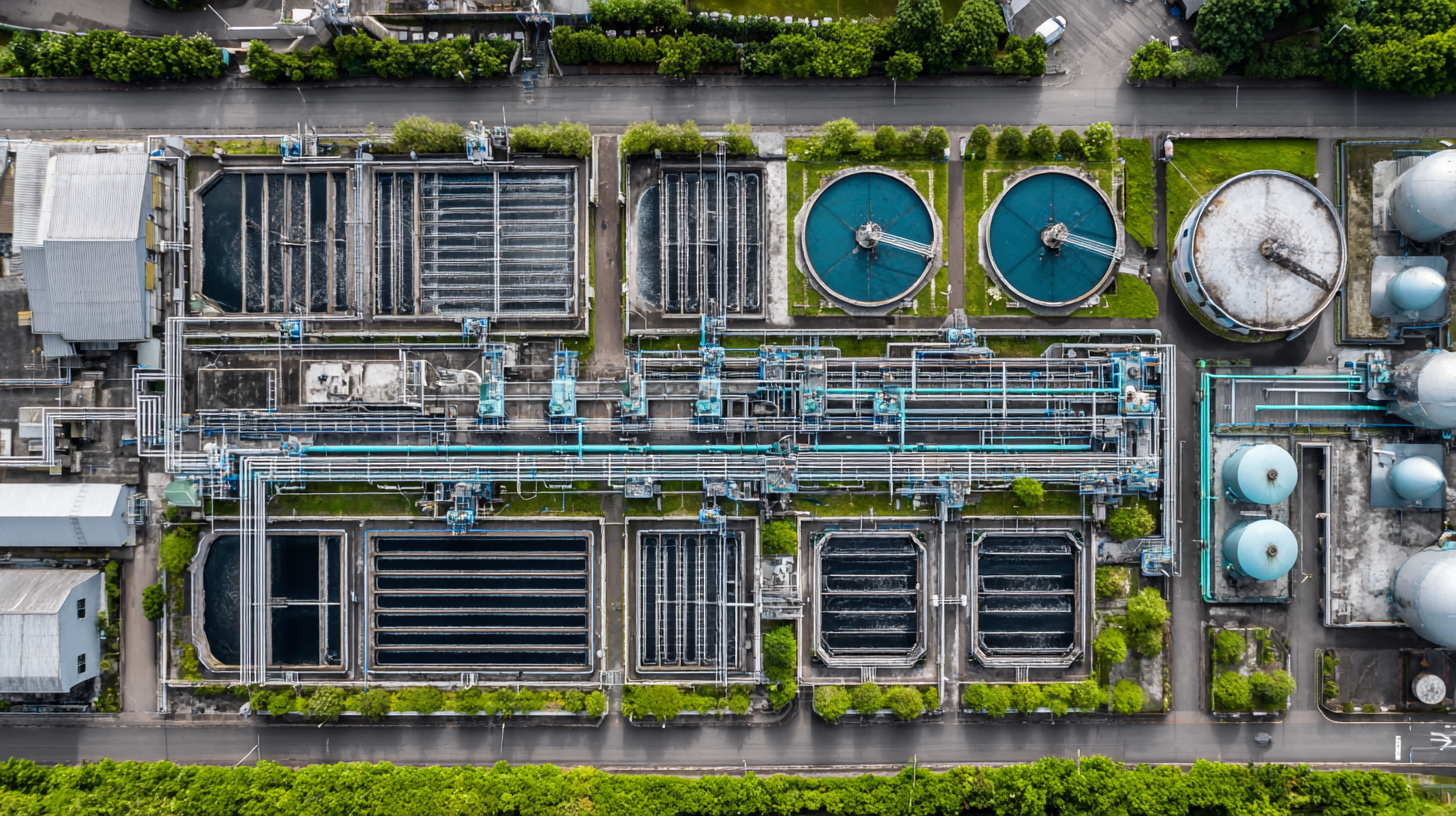
Understanding the Importance of Coagulant Selection in Water Treatment
When it comes to water treatment, choosing the right coagulants really makes a huge difference in how effective and efficient the whole process is. Honestly, understanding what your industry specifically needs is super important when you're evaluating which coagulant to go for. There are different types out there—like cationic, anionic, and nonionic polyacrylamides—and each one can really affect water quality, clarity, and even your operational costs. So, taking the time to carefully weigh these factors helps you pick the perfect solution that fits your unique situation.
At Qingdao Oubo Chemical Co., Ltd., we’ve been around since 2011, and our main goal is to provide top-quality polyacrylamides that support effective water treatment. We know that understanding the different properties and uses of cationic, anionic, and nonionic polyacrylamides is key to helping industries make smarter choices. The right coagulant doesn’t just boost treatment performance—it can also save you money and help you stay in line with environmental standards. We’re here to help clients navigate all the complex options so they get the best results for their water treatment needs.
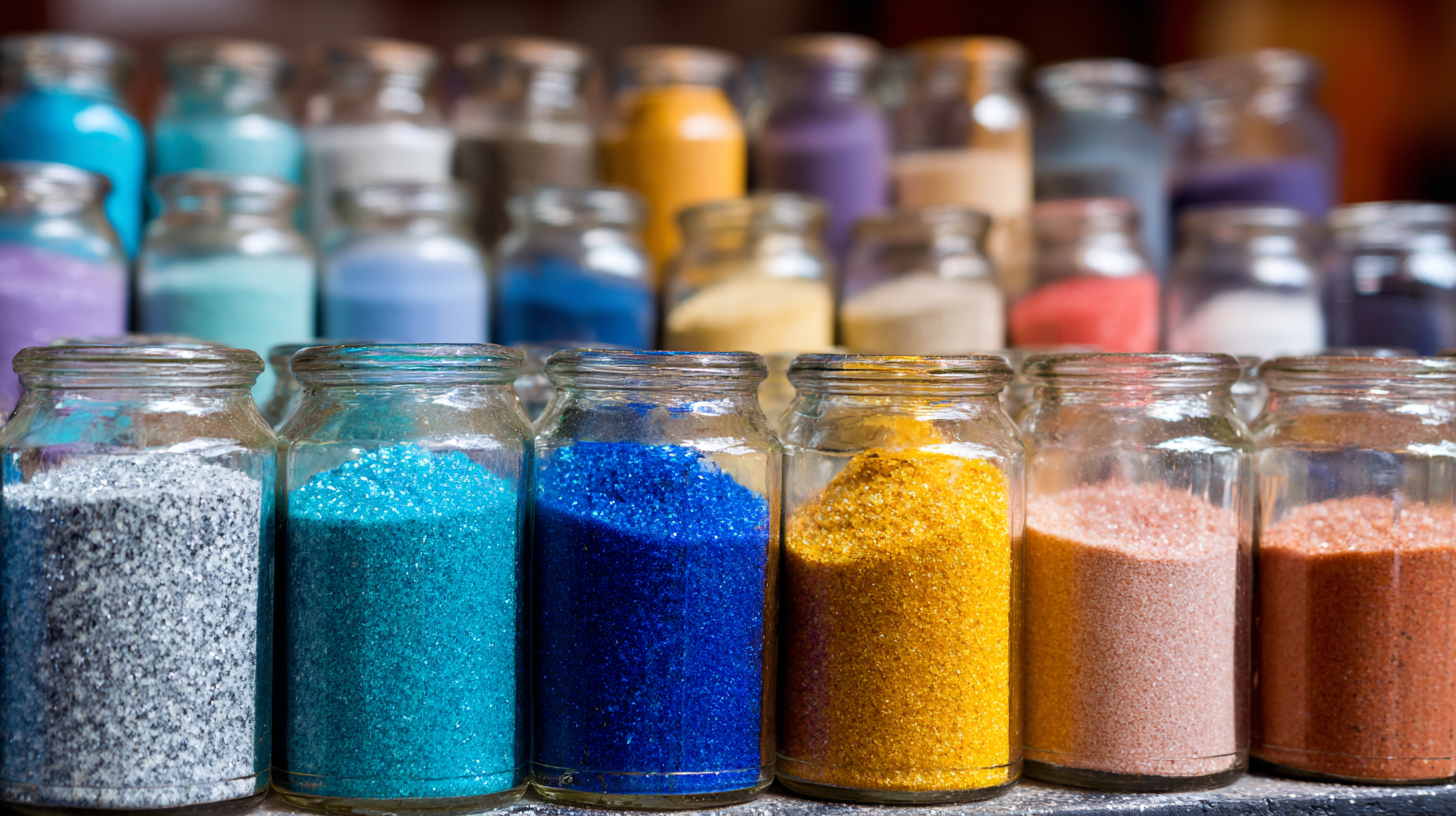
Key Factors Influencing Coagulant Prices Across Different Industries
When you're looking into the prices of water treatment coagulants across different industries, there are a few key things you should keep in mind. The market situation really depends on the type of coagulants being used—things like Factor IX, Factor VIII, prothrombin complex concentrates, or fibrinogen concentrates all play a role. Recently, there's been some pretty interesting developments, especially with new biopolymer-based coagulants. For example, systems derived from Grewia are showing promising results as aids in wastewater treatment. Not only do these new options help save some money, but they also appeal to those market segments that are keen on eco-friendly solutions.
When you're assessing coagulant prices, it’s also super important to think about the water pollution context—especially in developing countries where regulations aren’t as strict. Heavy metals from industrial wastewater, for example, pose serious challenges. Luckily, there are now more advanced removal methods out there, so industries really need to consider adopting better coagulation techniques. It’s all about balancing good environmental practices with cost considerations.
**Pro tip:** When you pick a coagulant, make sure to carefully check what your treatment process needs and what local regulations require. Plus, it’s worth staying updated on the latest research and tech breakthroughs in coagulation—that way, you’re always in the best position to choose options that are both effective and sustainable.
Comparative Analysis of Common Coagulants and Their Cost-Effectiveness
When you're looking into water treatment coagulants, understanding how cost-effective they are is super important—no point in overspending if you don’t have to, right? You’ve probably come across some common options like aluminum sulfate, ferric chloride, and polyaluminum chloride (PAC). Each comes with its own price tag and level of performance. For instance, aluminum sulfate is generally the cheapest choice, but its actual effectiveness can really depend on the specific water conditions you're dealing with. Ferric chloride costs a bit more, but it tends to do a better job with murky or highly turbid water, so if that’s your situation, it might be worth the extra bucks. And then there’s PAC, which is more expensive upfront, but it often settles water faster and reduces the amount of sludge left behind—sometimes making it worthwhile in the long run.
When you're comparing coagulant prices, it’s not just about the sticker price. You should also look at how much you’ll need to use—your dosage rates—and consider the total cost per volume of water treated. Don’t forget to factor in transport, storage, and even long-term operational costs like waste disposal and any effects on downstream processes. Getting quotes from multiple suppliers is a smart move to ensure you’re not overspending, and chatting with industry folks can give you some real-world insights into what works best for your water conditions.
Evaluating Supplier Reputation and Quality in Coagulant Pricing
When you're looking at coagulant prices in the water treatment world, it’s really important to think about more than just the sticker price. You gotta consider the supplier’s reputation and how good their products actually are. I mean, according to the Water Environment Federation, about 70% of how well your water treatment works depends on the quality of the coagulants you’re using. So, picking a trustworthy supplier with a solid track record can make a huge difference, reducing risks like operational hiccups or running into regulatory issues.
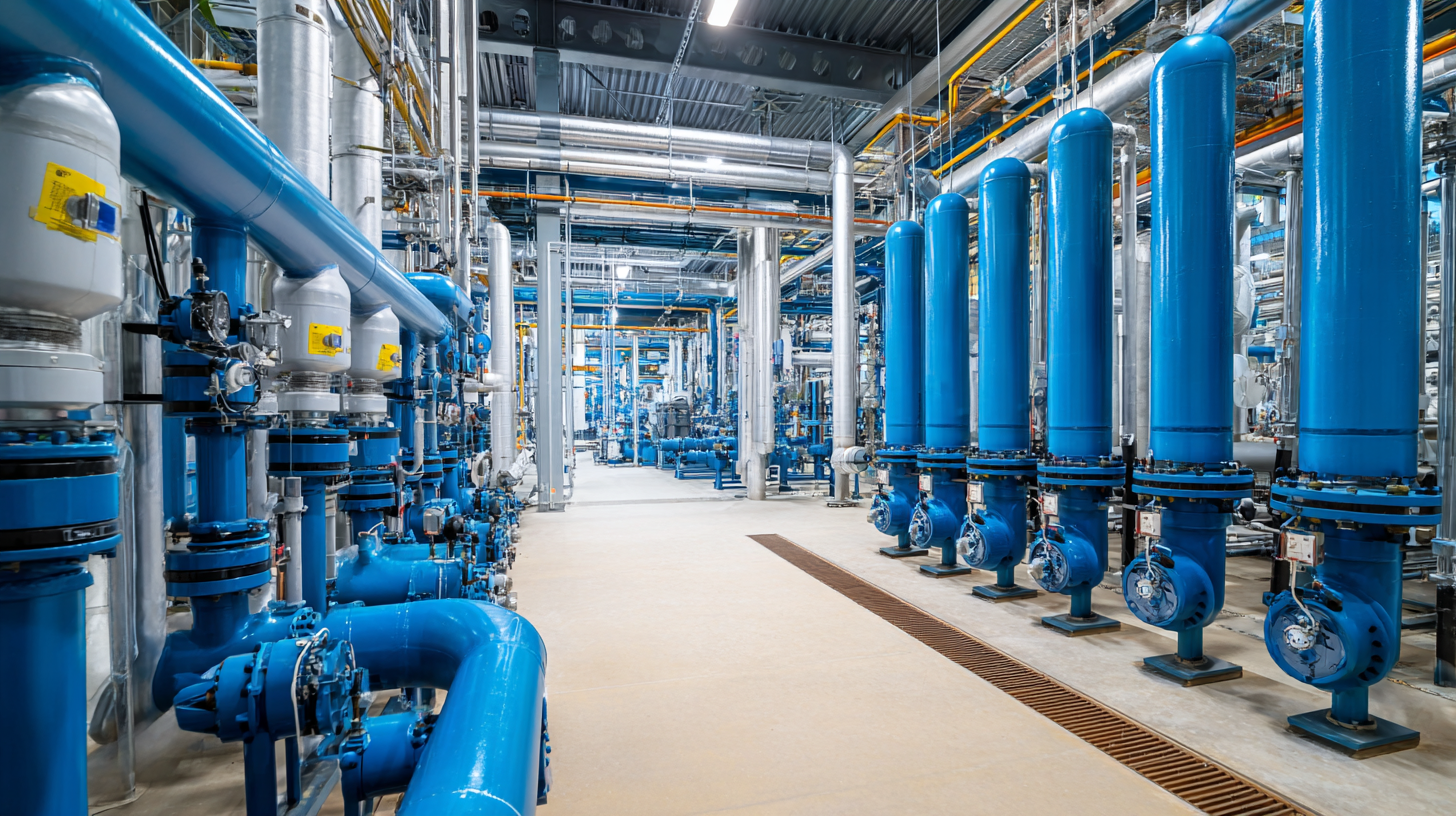
Lately, market studies show that suppliers who have proper certifications and happy customers tend to deliver coagulants that really do the job — better water clarity and more effective pollutant removal. Back in 2022, Global Water Intelligence pointed out that plants using certified coagulants saw up to 15% lower operational costs — just because they worked better and needed less maintenance.
So, when you're comparing prices, it’s crucial to weigh all these factors. The real value you get isn’t just about saving a few bucks upfront — it’s also about trusting that the supplier’s track record is worth the extra (or sometimes less) you pay.
Strategies for Negotiating Better Prices on Water Treatment Coagulants
Negotiating better prices for water treatment coagulants isn’t just about throwing numbers on the table — it’s really about having a solid strategy, especially when you're dealing with suppliers from all kinds of cultural backgrounds. Getting a good grasp of how cross-cultural negotiations work can make a pretty big difference in what you end up with. You gotta keep in mind that different cultures might have different priorities or ways they prefer to negotiate, which can totally influence both how the talks go and the final deal. Building rapport and showing respect for those cultural differences? That’s often the secret to getting better prices.
On top of that, bringing some game theory into your negotiations can give you an edge. Basically, by thinking through different scenarios and possible reactions from your supplier, you can better predict what they might do and position yourself to get the best deal. And don’t forget about collaborative negotiation — shifting from just focusing on price to discussing quality, delivery schedules, and long-term relationships can really pay off. For a company like Qingdao Oubo Chemical Co., Ltd., which supplies all sorts of polyacrylamide grades, knowing these tactics isn’t just helpful — it’s essential for cutting costs and keeping your supply chain solid and sustainable.
Monitoring Market Trends to Optimize Coagulant Purchasing Decisions
When you're dealing with water treatment, the cost of coagulants can really add up and affect your overall expenses. To make smarter buying choices, it's a good idea to keep an eye on market trends. Seasonal changes often impact prices since demand tends to shift with weather patterns and new regulations. If you get familiar with these ups and downs, you’ll be able to time your purchases better and possibly snag some better deals.
Here's a tip: make it a habit to review industry reports regularly and stay updated on how your suppliers are pricing their products. Jump into online forums or chat with other folks in the industry—getting their insights can really help you spot market shifts early on. That way, you're making decisions based on what's actually happening now, instead of outdated info.
Another thing worth considering is buying in bulk or locking in long-term contracts. Sometimes, this can save you money, especially when demand is high. Also, don’t forget to check out the quality and performance of different coagulants on the market. Sometimes, paying a little more upfront can pay off in the long run—better efficiency, less waste, and overall savings.
And here’s a little extra tip: put together a list of your favorite suppliers and build good relationships with them. This can help when you’re negotiating prices and ensures you get prompt updates on market conditions or future price changes. Having that edge means you can plan ahead and stay ahead in your purchasing game.
Ultimate Checklist for Evaluating Water Treatment Coagulant Prices in Your Industry
| Criteria | Average Price (USD/ton) | Market Trend | Remarks |
|---|---|---|---|
| Alum | $250 | Stable | Widely used for municipal water treatment. |
| Ferric Chloride | $300 | Increasing | Effective for turbid water. |
| Polymeric Coagulants | $350 | Decreasing | Low dosage required, reducing handling costs. |
| Calcium Hydroxide | $180 | Stable | Used in flocculation processes. |
| Sodium Aluminate | $400 | Increasing | Improves coagulation efficiency at low pH levels. |
Maximizing Water Treatment Efficiency: The Role of Cationic Polyacrylamide in Modern Industrial Applications
Cationic polyacrylamide (CPAM) has emerged as a pivotal component in enhancing water treatment efficiency across various industrial applications. This white granule is a linear high molecular compound that exhibits excellent solubility in water, making it an ideal choice for processes requiring deep purification. Its unique molecular structure, characterized by positive charge active groups, allows CPAM to attract and bind negatively charged particles, significantly improving coagulation and flocculation processes. As industries face increasing pressure to meet stringent water quality standards, the role of cationic polyacrylamide becomes even more crucial.
The non-toxic and odorless nature of cationic polyacrylamide further amplifies its appeal in modern applications. Remarkably stable and efficient, CPAM easily absorbs moisture while remaining insoluble in organic solvents such as ethanol and acetone. This ensures that it maintains its effectiveness even in challenging environments. Its versatility is evident in various sectors, ranging from wastewater treatment in manufacturing plants to use in mining operations where sedimentation and clarification are vital. By leveraging the properties of cationic polyacrylamide, industries can optimize their water treatment processes, leading to enhanced operational efficiency and reduced environmental impact.
FAQS
: Coagulants are essential in water treatment as they significantly impact the effectiveness and efficiency of the treatment process, helping to improve water quality and clarity.
The main types of coagulants include cationic, anionic, and nonionic polyacrylamide, each with unique properties and applications that can affect the treatment process.
The right coagulant can enhance treatment efficiency, leading to potential cost savings in water treatment processes and improved environmental compliance.
Common coagulants include aluminum sulfate, ferric chloride, and polyaluminum chloride (PAC), each offering different pricing and effectiveness based on water characteristics.
Aluminum sulfate is typically the most affordable coagulant, but its effectiveness can vary depending on the specific characteristics of the water being treated.
Ferric chloride, while more expensive than aluminum sulfate, often performs better in treating turbid waters, making it a viable option in certain scenarios.
It's important to compare initial purchase costs, dosage rates, total cost per treated volume of water, transport and storage costs, and long-term operational costs including waste management.
Obtaining quotes from multiple suppliers and consulting with industry peers can provide insights into effective coagulants and ensure competitive pricing.
PAC can offer advantages such as faster settling and reduced sludge volume, making it beneficial for specific water treatment applications.
By understanding the unique properties and applications of different coagulants and evaluating their impact on the overall water treatment process, industries can identify the best options for their needs.
Conclusion
When you're looking into Water Treatment Coagulant Prices, it's really important to get a good sense of why picking the right coagulant matters so much, especially for your specific industry needs. There are a bunch of factors that can affect the cost—stuff like the type of coagulant, how good the quality is, and even how reputable the supplier is. Doing a side-by-side comparison can actually help you see which options are not just effective but also budget-friendly, making it easier for decision-makers to choose the best fit.
And, honestly, snagging better prices isn’t just about knowing what you need. It also helps to stay in the loop with market trends and do some good old-fashioned negotiation. If you understand your requirements well and trust your supplier’s credibility, you’re more likely to make smarter purchasing decisions. At Qingdao Oubo Chemical Co., Ltd., we totally get how much these things matter. That’s why we offer high-quality cationic, anionic, and nonionic polyacrylamide solutions—designed to get the job done right—at prices that won’t break the bank.
Related Posts
-
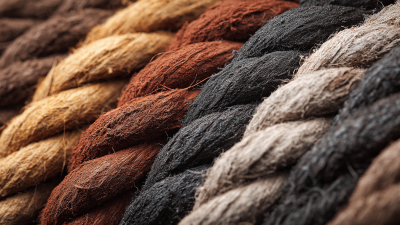
The Ultimate Checklist for Selecting the Right Mixed Polyacrylamide for Your Business Needs
-
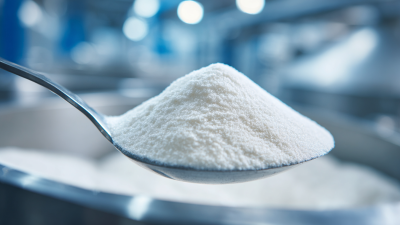
Comparative Analysis of Nonionic Polyacrylamide Versus Other Polymer Options in Industry Applications
-
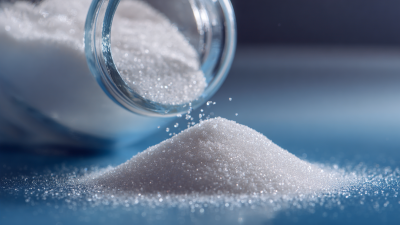
Essential Criteria for Selecting Quality Manufacturers of Best Water Treatment Polyacrylamide
-

Market Trends and Forecast for Best Polyacrylamide Emulsion by 2025
-

Future Market Insights on Best High Impact Polymer and How to Leverage Opportunities by 2025
-
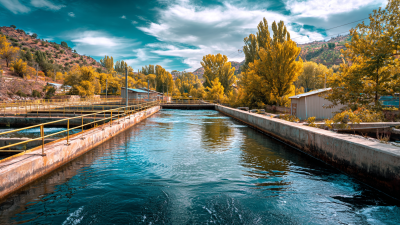
How to Effectively Use Chemical Flocculant for Improved Water Treatment
Blog Tags:

Sophia
-

Phone
-

E-mail
-

Whatsapp
-

WeChat
Jessy Lin
Paul Zhou:8613356391894 Eric Wong:8615963245439Emily Wu:8617866856171
-

WeChat
Paul Zhou

-

WeChat
Eric Wong

-

WeChat
Emily Wu


